If there’s one animal that proves the saying “you are what you eat,” it’s probably the giant panda. Bamboo plays a significant role in almost every aspect of a pandas life.
1. Giant pandas eat constantly
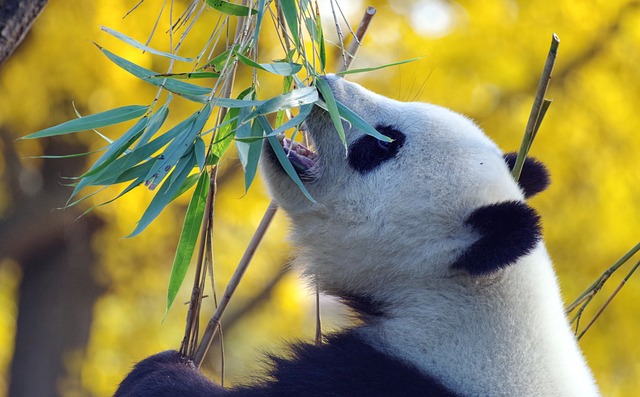
Giant pandas eat and eat and eat. They eat for more than half of the day. You need to take a closer look at what pandas eat in order to understand why they consume so much food. Bamboo, a giant grass with woody stems, is a very poor source of nutrition. It is low in protein and high in fiber, which pandas can’t digest well. However, pandas consume 99% bamboo in their diet. Therefore, pandas need to consume 20 to 40 pounds of food each day to make up for this.
2. Pandas have quite a bit in common with carnivores
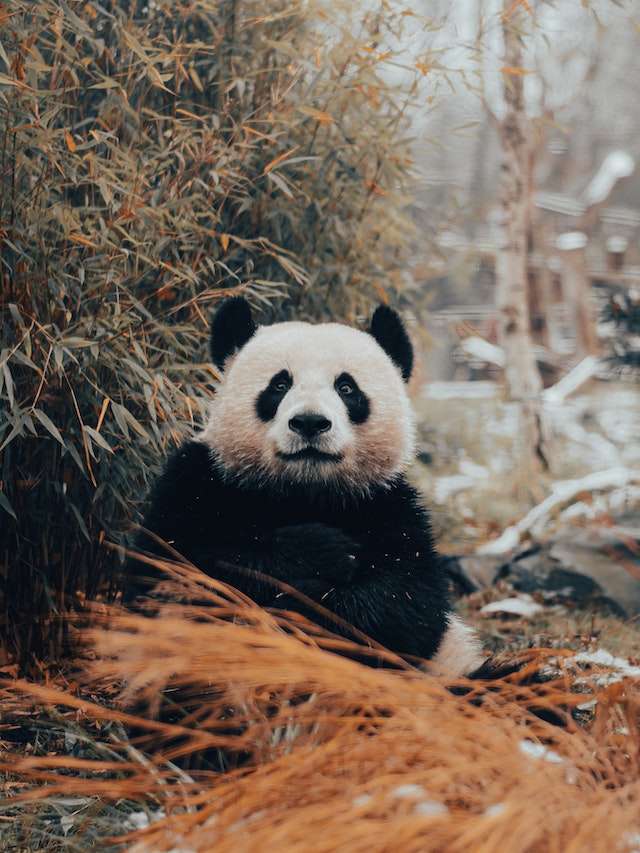
The digestive system of a panda is more similar to that of a carnivore than a herbivore, which explains why they have trouble digesting vegetation. Fortunately, they have additional adaptations that enable them to consume bamboo supplies, including big, strong jaws.
3. When they’re not eating, they rest and rest and poop and poop
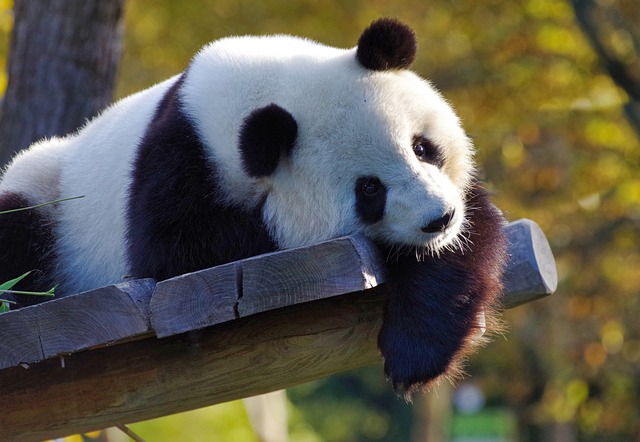
Pandas pass a lot of bamboo as waste because they can’t digest it very effectively, and this excrement naturally contains a lot of undigested bamboo fragments. Pandas defecate more than 100 times a day, making more than 40 pounds of waste. Pandas often nap in order to make up for their low-energy diet.
4. Pandas have tiny cubs because of their poor diet
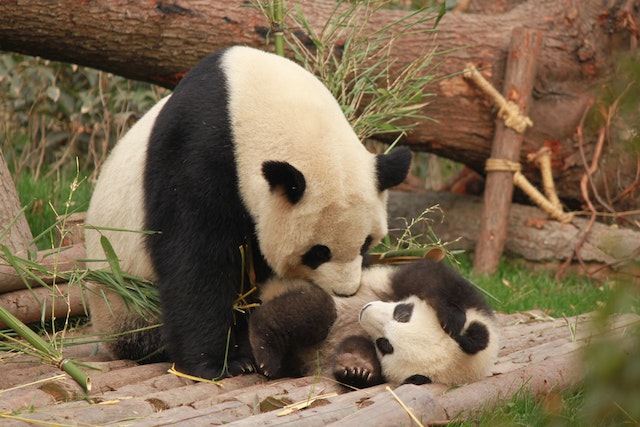
Giant panda babies are just five ounces in weight at birth, making them a thousandth of their mother’s size. They are also born blind, helpless, and small. Panda cubs are the smallest placental mammals, measured in relation to their mother. Why so little? A factor is the mother’s diet. A panda mother has a comparatively low blood oxygen level because of her slow metabolism. So that the cub can obtain more oxygen outside the womb.
5. Panda’s black and white fur may help them camouflage
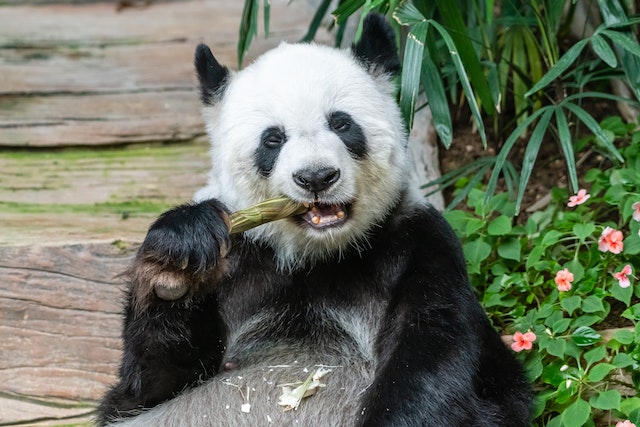
To assist us understand why a panda’s fur is the color it is, we can once more take a look at what it eats. Unlike other bear species, pandas don’t retain enough fat to hibernate. They must therefore continue to consume bamboo all year long. Pandas also can’t shed their fur as quickly as other animals can to blend in with their surroundings. Because they’re always moving around in quest of bamboo their use of black and white may therefore constitute a compromise. They can blend into snowy backdrops thanks to their white fur. They can camouflage into shadowy forest settings thanks to their black fur. In the past, pandas had a considerably larger range of habitats than they do now and were subject to a variety of predators. They may have therefore depended more on their abilities to camouflage at the time.
Today, a lack of bamboo is the main threat to pandas rather than predators. The good news is that the endangered category of giant pandas has recently been changed to vulnerable. In China, there are still an estimated 1850 pandas roaming free, up 17% from ten years ago. However, pandas continue to confront serious risks that are intimately related to their dietary source. Pandas are now confined to isolated, fragmented alpine habitats due to human development, which limits their access to bamboo. More than a third of the bamboo habitat that pandas rely on could disappear by the end of the century due to climate change.

